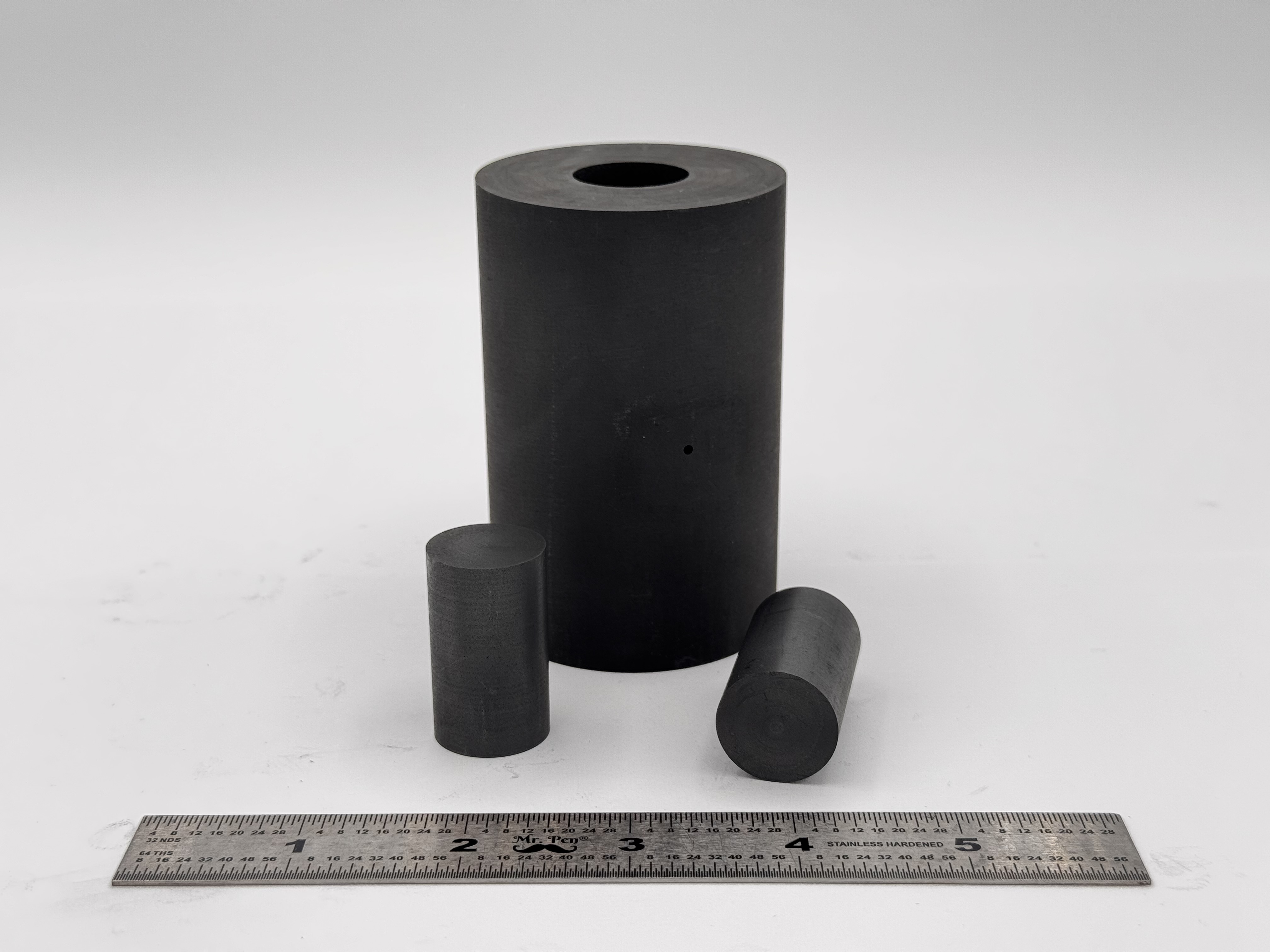High-Energy Grinding and Mixing: An Overview of Planetary Ball Milling and Its Applications
Planetary ball milling is a type of high-energy milling process widely used in various industries for grinding and mixing materials to extremely fine powders. This technique utilizes planetary ball mills, which consist of a rotating sun wheel and several rotating grinding jars arranged on a rotating planetary disk. This configuration results in high centrifugal forces and relative movements of the grinding balls, leading to efficient and effective size reduction and homogenization of materials.
In planetary ball mills, the sun wheel and the grinding jars rotate in opposite directions, creating powerful grinding forces. The grinding jars contain the material to be ground and the grinding balls. As the sun wheel rotates, it imparts centrifugal force to the jars, causing them to move in a circular path. This motion, combined with the rotational motion of the jars, creates significant impact and friction forces between the balls and the material, leading to efficient grinding.
Key Features:
- High Energy Input: Planetary ball mills generate high energy input due to the combination of centrifugal and impact forces, making them suitable for fine and ultra-fine grinding.
- Versatility: They can grind a wide range of materials, including hard, medium-hard, soft, brittle, fibrous, and wet samples.
- Adjustable Parameters: Parameters such as rotational speed, grinding duration, and ball-to-material ratio can be adjusted to optimize the milling process for different materials and desired outcomes.
- Uniform Mixing: The planetary motion ensures uniform mixing and dispersion of materials, which is crucial for applications requiring homogeneous mixtures.
Applications:
- Material Science: Planetary ball milling is used to produce nano-sized particles, which are important in developing advanced materials with unique properties.
- Pharmaceuticals: It is employed in the preparation of fine powders for drug formulations, enhancing solubility and bioavailability.
- Chemistry: The technique is used for synthesizing new compounds and materials, including catalysts and composites.
- Electronics: Planetary ball milling aids in the production of fine powders for electronic components and batteries.
- Ceramics and Metals: It is utilized for grinding and mixing ceramic and metal powders for applications in the manufacturing of ceramics, metallurgy, and additive manufacturing.
Advantages:
- Efficient Size Reduction: Capable of producing extremely fine powders with a high degree of uniformity.
- Scalability: Suitable for both small-scale laboratory use and large-scale industrial applications.
- Reproducibility: Offers consistent and reproducible results.
Challenges:
- Heat Generation: High energy input can lead to significant heat generation, requiring cooling mechanisms to prevent overheating.
- Contamination: Potential contamination from grinding media and wear of the milling equipment, which must be considered when purity is critical.
Conclusion:
Planetary ball milling is a powerful and versatile technique for grinding, mixing, and preparing materials at both the laboratory and industrial scales. Its ability to produce fine, uniform powders makes it an essential tool in material science, pharmaceuticals, chemistry, electronics, and other fields. However, careful consideration of parameters and potential challenges is necessary to achieve optimal results. Contact us today to learn more about our processes and how we can help.
 High Strength SPS Graphite Tooling
High Strength SPS Graphite Tooling Tungsten Carbide Tooling
Tungsten Carbide Tooling Carbon Graphite Foil / Paper
Carbon Graphite Foil / Paper Carbon Felt and Yarn
Carbon Felt and Yarn Spark Plasma Sintering Systems
Spark Plasma Sintering Systems SPS/FAST Modeling Software
SPS/FAST Modeling Software